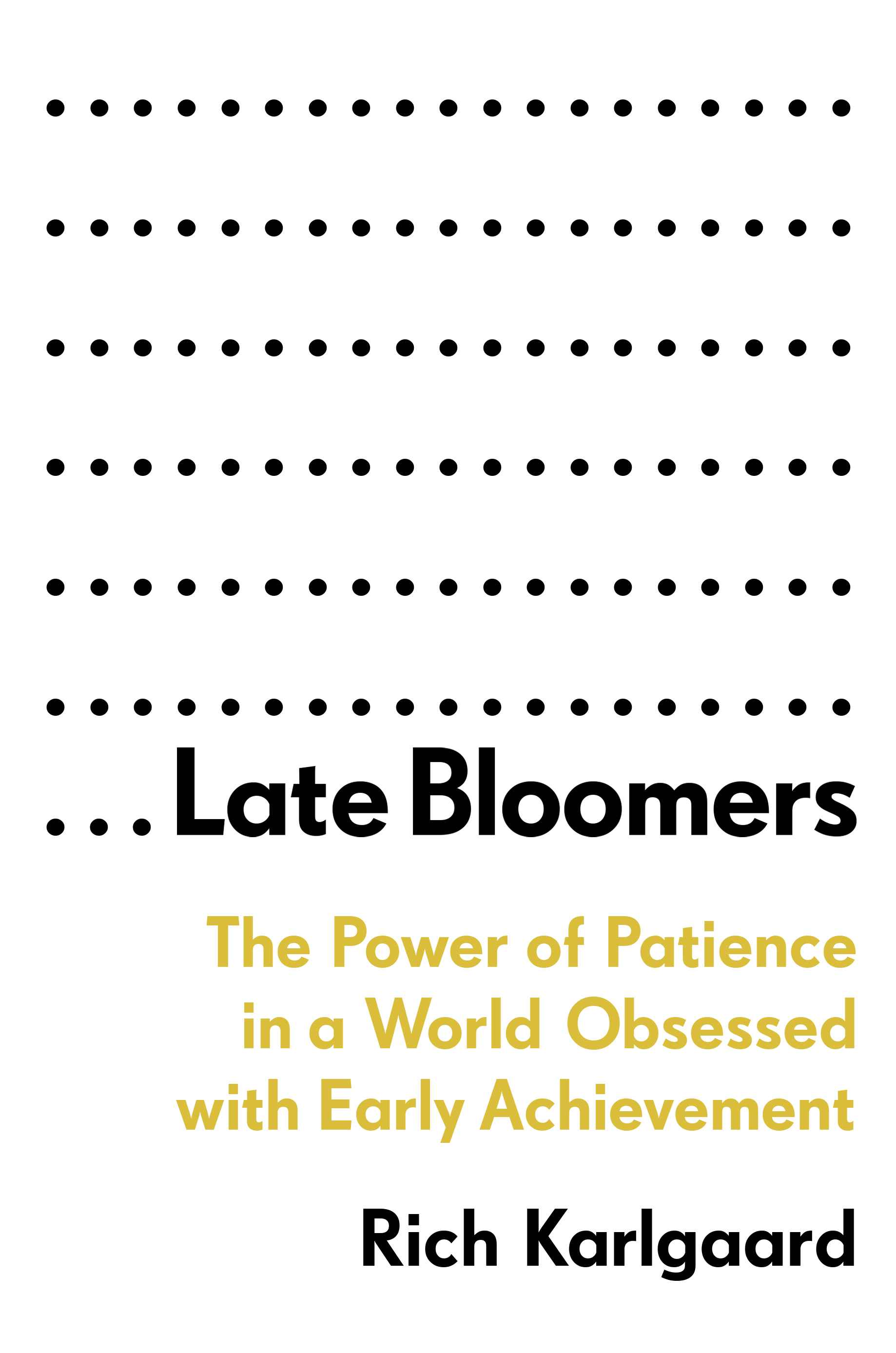As I started my research, my thesis was that a society that excessively focuses on early achievement colors perceptions about individuals’ potential for later success in a way that disregards far more people than it rewards. And I assumed that potential late bloomers—that is, the majority of us sorted by society’s efficient early-bloomer conveyor belt into “less than” bins—just needed to jump back onto the same conveyor belt with new skills, new habits, and new techniques. I was confident that all they had to do was shake it off and get back in the game. But that’s not what I discovered. Most of the late bloomers I interviewed didn’t bloom by belatedly copying the habits, skills, and career paths of early bloomers. In fact, trying to do so was almost always a recipe for failure and heartbreak.
Think about the starting point of a late bloomer. In all probability, his or her talents and passions were overlooked by a culture and educational system that measures for a cruelly narrow range of skills. It closed off the person’s paths of discovery and encouragement and potential. It did not open the doors to a successful future for them because it didn’t even see them. So it makes little sense for the late bloomer to climb back aboard the early bloomer conveyor belt with renewed determination, hardened resolve, and more training and college debt. The conveyor belt is going in only one direction.
What potential late bloomers have to do is to get off the conveyor belt and find a new path of discovery. My fondest hope is that this book will inspire you do just that.

Excerpted from LATE BLOOMERS: THE POWER OF PATIENCE IN A WORLD OBSESSED WITH EARLY ACHIEVEMENT Copyright © 2019 by Rich Karlgaard. Published by Currency, an imprint of Penguin Random House LLC
Follow us here and subscribe here for all the latest news on how you can keep Thriving.
Stay up to date or catch-up on all our podcasts with Arianna Huffington here.


